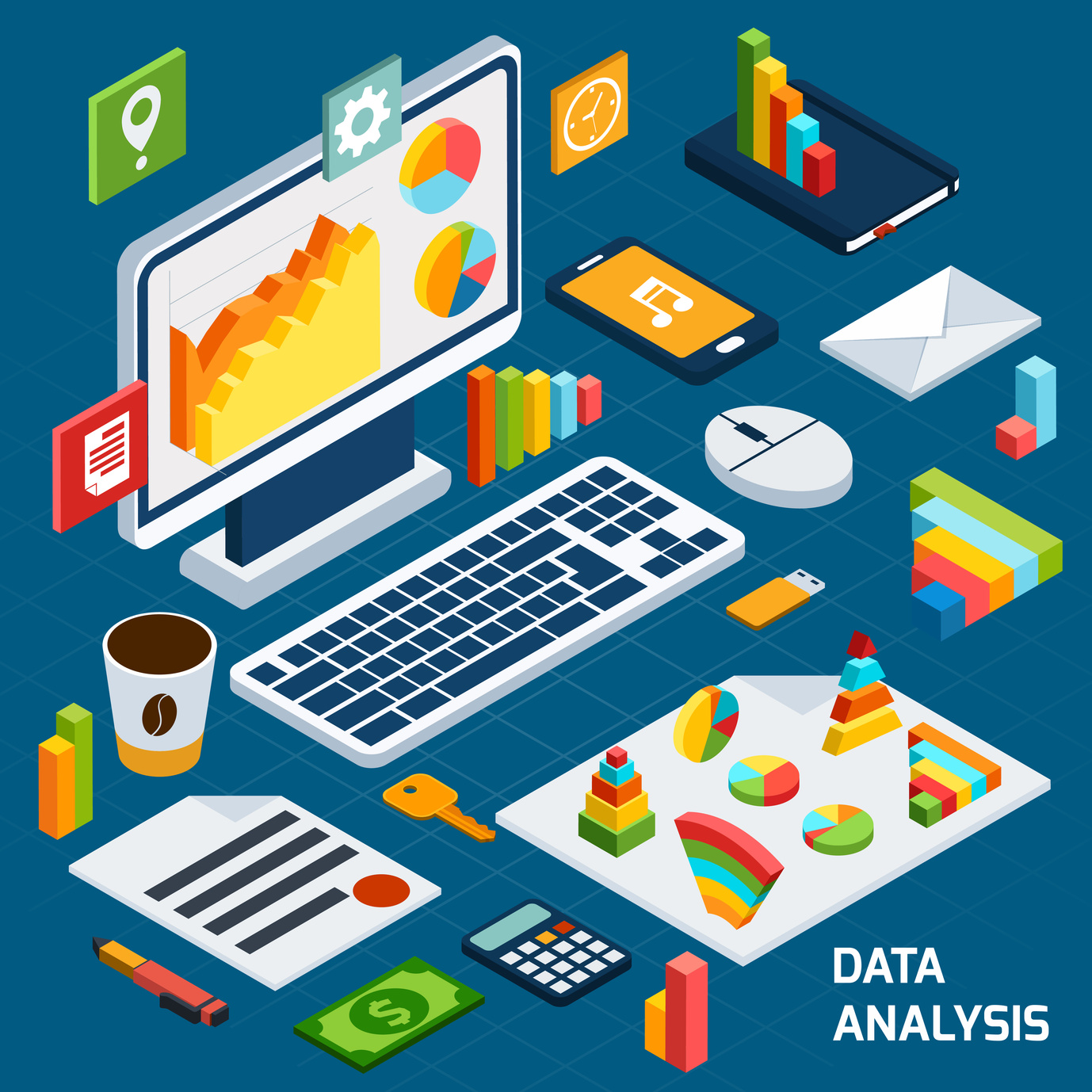
Research and data analysis are powerful tools that have the ability to unlock valuable insights and reveal hidden patterns and trends. In today’s data-driven world, organizations across various industries recognize the importance of harnessing these techniques to make informed decisions, solve complex problems, and drive innovation.
Research involves the systematic investigation of a subject or problem, aiming to enhance knowledge and understanding. It provides a foundation for evidence-based decision-making, helping individuals and businesses alike navigate uncertainties with confidence. Whether it’s conducting surveys, interviews, or experiments, research allows us to gather relevant information, explore new avenues of thought, and validate hypotheses.
Data analysis, on the other hand, refers to the process of organizing, interpreting, and drawing meaningful conclusions from data. With the ever-increasing availability of data, from sales figures to social media interactions, organizations can leverage data analysis to gain a deeper understanding of customer behavior, market trends, and operational efficiency. By employing various statistical techniques and advanced algorithms, analysts can extract valuable insights and identify patterns that may not be evident at first glance.
Combining research and data analysis amplifies the power of both. Through research, we refine our understanding of the problem at hand, while data analysis allows us to make sense of the vast amounts of information available to us. By seamlessly integrating these practices, businesses and researchers can uncover actionable intelligence and drive transformative change.
In this article, we will explore the intricacies of research and data analysis, unraveling the methodologies, tools, and best practices that enable us to crack the code and unleash the full potential of these invaluable practices. Join us as we delve into the world of research and data analysis, uncovering how they can empower individuals and organizations to make smarter, more informed decisions.
Importance of Research in Uncovering Insights
Research holds immense significance in unveiling valuable insights through data analysis. By employing rigorous research methodologies, analysts can gather and analyze data to discern meaningful patterns, trends, and correlations. The findings derived from research play a pivotal role in decision-making, problem-solving, and the development of innovative solutions.
Moreover, research provides a foundation for evidence-based decision-making by offering concrete data and facts. It enables researchers to explore various facets of a topic, discover new knowledge, and challenge existing assumptions. Through systematic investigation, research helps to validate or refute hypotheses, paving the way for new discoveries and a deeper understanding of complex phenomena.
Furthermore, research acts as a compass in navigating today’s dynamic and ever-changing business landscape. It enables organizations to stay competitive by staying up-to-date with emerging trends, customer preferences, and market dynamics. Consequently, research-driven insights contribute to informed business strategies, allowing companies to identify opportunities, minimize risks, and optimize their operations.
Custom Research Papers Writing
The importance of research in uncovering insights cannot be overstated. It empowers decision-makers to make informed choices, contributes to scientific progress, and enables organizations to adapt and thrive in an increasingly data-driven world. Through diligent research and data analysis, valuable insights emerge, enhancing our collective knowledge and driving progress across various fields.
Methods and Techniques in Data Analysis
Data analysis is a crucial component of any research study or project. By employing various methods and techniques, researchers can extract meaningful insights from the collected data. In this section, we will explore some commonly used approaches in data analysis that enable us to uncover valuable information.
-
Descriptive Analysis:
Descriptive analysis involves summarizing and describing the main characteristics of the data. This method helps researchers gain a preliminary understanding of the dataset before delving into more advanced analytical techniques. Through descriptive analysis, researchers can examine measures such as mean, median, mode, and standard deviation to assess central tendencies and variations within the data. -
Inferential Analysis:
Inferential analysis allows researchers to draw conclusions and make inferences about a population based on the data collected from a sample. This technique involves applying statistical tests and models to estimate parameters and test hypotheses. Inferential analysis enables researchers to generalize findings to a larger population, providing insights beyond the study sample. -
Data Mining:
Data mining is a powerful technique used to uncover patterns, relationships, and trends within large datasets. By utilizing advanced algorithms and computational tools, researchers can identify hidden patterns and extract valuable information from complex data structures. Data mining techniques such as clustering, classification, and association analysis help researchers make sense of vast amounts of data and discover new knowledge.
In summary, the methods and techniques discussed in this section form the foundation for conducting effective data analysis. Descriptive analysis provides initial insights, inferential analysis enables generalization, and data mining uncovers hidden patterns. By employing these approaches, researchers can unlock the full potential of their data and gain valuable insights for decision-making and problem-solving.
Utilizing Insights for Informed Decision-Making
In order to make informed decisions, it is crucial to utilize the insights gained through research and data analysis. By harnessing the power of these valuable resources, we can uncover patterns, trends, and correlations that can guide us towards the best course of action.
The first step in utilizing insights for informed decision-making is to thoroughly analyze the research findings and data. This involves carefully examining the collected information, identifying any patterns or trends, and drawing meaningful conclusions from the analysis. By understanding the underlying data, we can gain a deeper understanding of the problem or situation at hand.
Once the analysis is complete, it is important to translate the insights into actionable steps. This could involve making strategic decisions, formulating effective plans, or implementing changes based on the findings. By using the insights gained from research and data analysis, we can make decisions that are rooted in evidence and have a higher likelihood of success.
Furthermore, it is crucial to constantly evaluate and reassess the decisions made based on the insights. Research and data analysis provide us with a feedback loop, allowing us to measure the effectiveness of our decisions and make adjustments as necessary. This iterative process ensures that we are continuously improving our decision-making abilities and maximizing the benefits of the insights uncovered.
In conclusion, by utilizing insights gained through research and data analysis, we can make informed decisions that have a higher chance of success. Analyzing the data, translating insights into actionable steps, and constantly evaluating the outcomes are all essential aspects of leveraging research and data analysis for informed decision-making. This strategic approach ultimately leads to more efficient and effective decision making in various domains.
